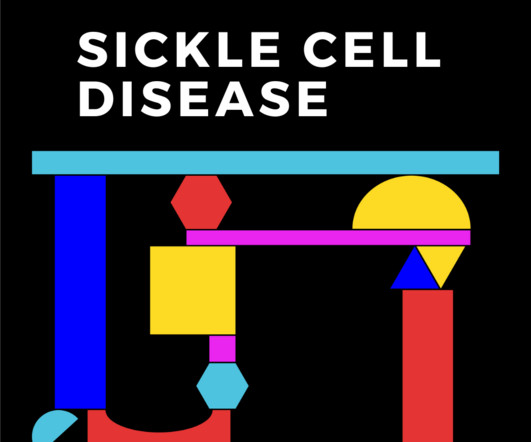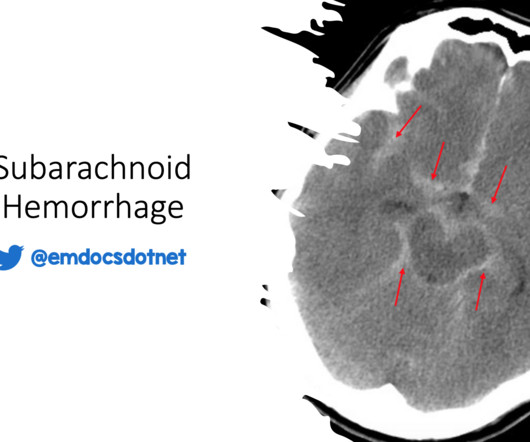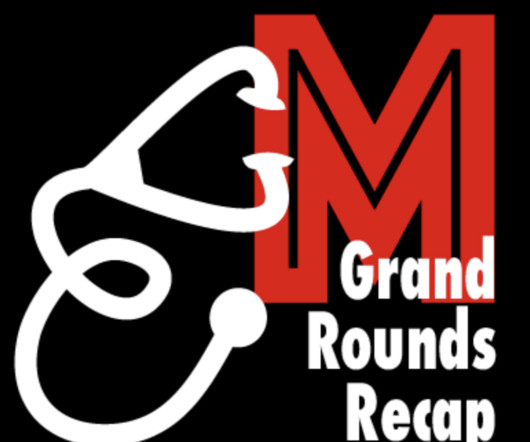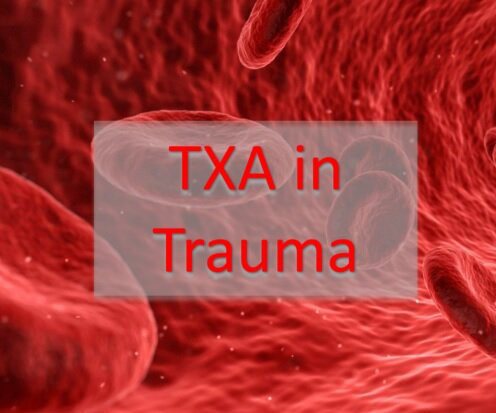Sickle Cell Disease Module
Don't Forget the Bubbles
JULY 5, 2023
The Kilifi algorithm includes five clinical situations that are common sickle cell presentations – clinical jaundice, severe anaemia, bone and joint infections, and stroke. Newborn screening: sickle cell screening is donethrough heel-prick blood at five days of life. Would you consider this patient for blood transfusion?













Let's personalize your content